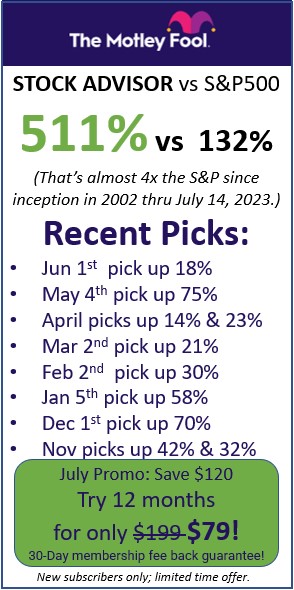A reversal pattern is called a diamond bottoms. This pattern is formulated by two juxtaposed symmetrical triangles. It is shaped like a diamond.
A falling wedge is a bullish reversal pattern made by two converging downward slants. To prove a falling wedge, there has to be oscillation between the two lines. Each of the lines must be touched at least twice for validation.
A bearish reversal pattern formed by two assembled upward slants is called a rising wedge. To validate rising wedge there must be oscillation between the two lines. These lines must be touched at least twice for validation.
Stock charts print different topping formations. Some are classics, like the Descending Triangle, which can be understood and traded with little effort. However the emotional crowd additionally generates many undependable patterns while greed slowly evolves into mindless fear. Complex Rising Wedges will challenge a technician’s best effort at prediction while the unusual Diamond pattern burns trading capital swinging randomly back and forth.
A bullish reversal pattern formed by two diverging downward slants is a descending broadening wedge. To validate an descending broadening wedge, there has to be an oscillation between the two lines. Each line has to touch at least twice for this validation.
The formation, ascending broadening wedge is called this because of its similarity to a rising wedge formation and then has a broadening price pattern.
Perhaps the recent Broadening Top and just a fractal footprint of the larger Rising Wedges that top into Broadening Tops, will somehow avoid both the Broadening Top and the far more bearish Rising Wedge, however there are several good and relatively current chart history suggesting this is not likely.
The right-angled and ascending broadening chart pattern is not one you might choose to trade. Other chart patterns perform much better. Downward breakouts have a big break even failure rate which may disqualify them from your trading tools. Upward breakouts have only a middling average rise, and that is if you trade them perfectly.
The broadening bottom is one of those chart patterns that appears often, but you might want to avoid trading. The performance rank approaches the bottom of the list with a comparatively high break even failure rank and low average rise in a bull market. Its only redeeming value is the partial decline which does an excellent job of predicting an upward breakout.
Ramp is a chart pattern recognition screener for stocks and currency exchange markets Ramp will screen for stock patterns like breakouts, MACD divergences, Fibonacci retracements, W bottoms, head and shoulders, cup and handles and many other great trading setups. Ramp is a trendline scanner. You can scan for any combination of price trend lines. Identify trend Read More…
Volatility is founded on the standard deviation, which modifies as volatility expands and declines. The bands spontaneously widen when volatility expands and narrow when volatility declines.
Pivot Points use the previous period’s high, low and close which will define future support and resistance. Pivots Points are important levels chartists utilize to decide directional movement, resistance and support
